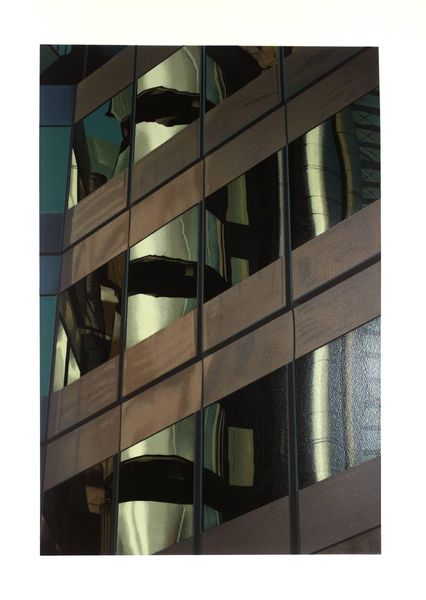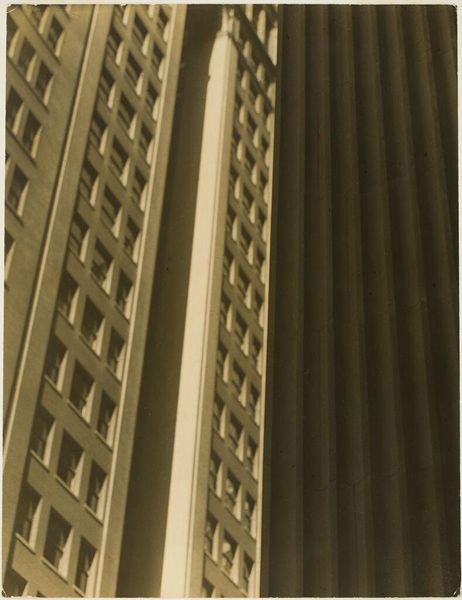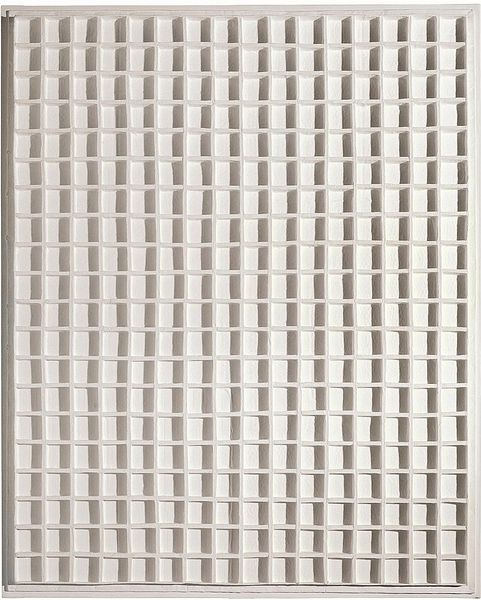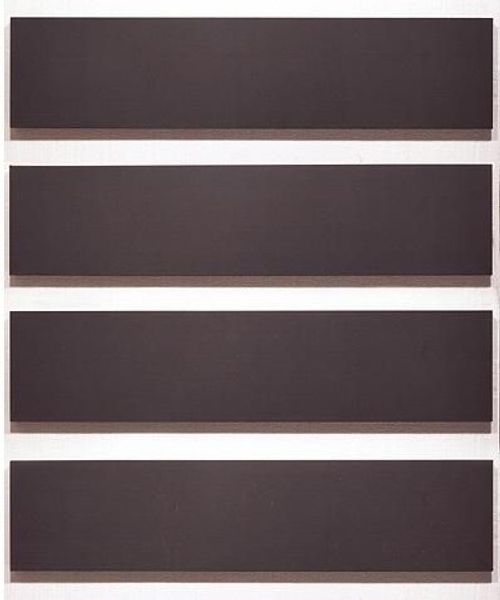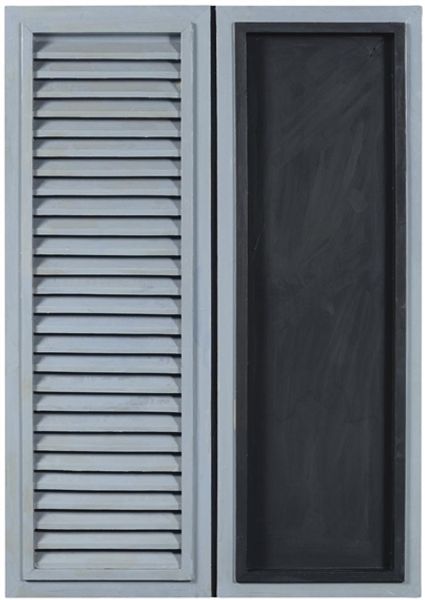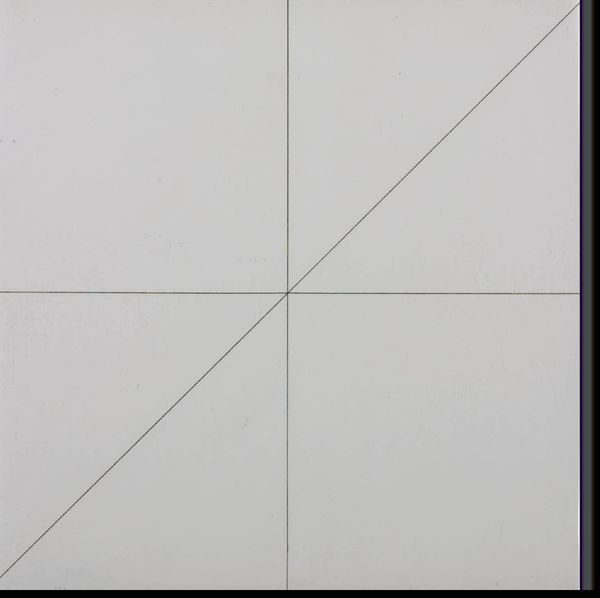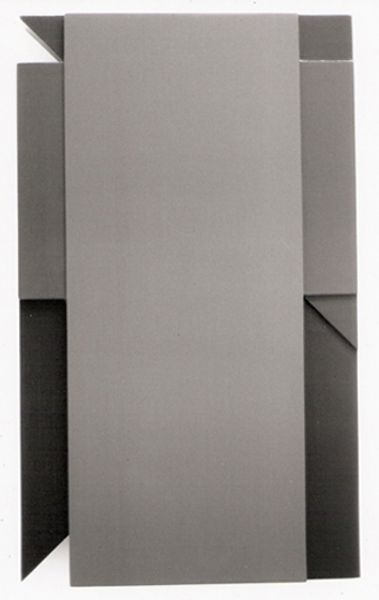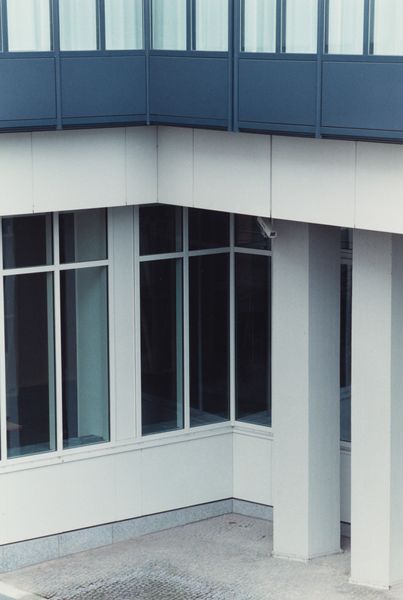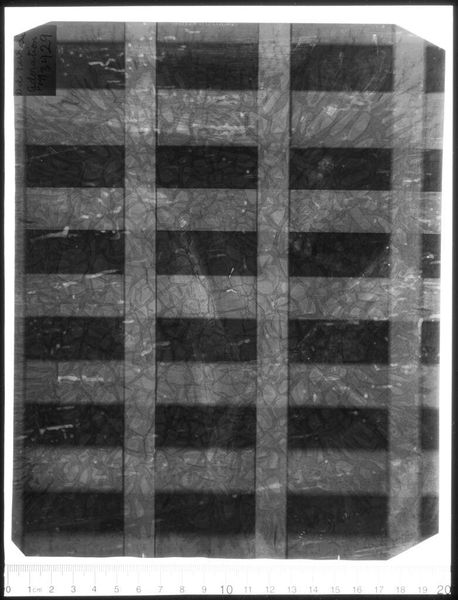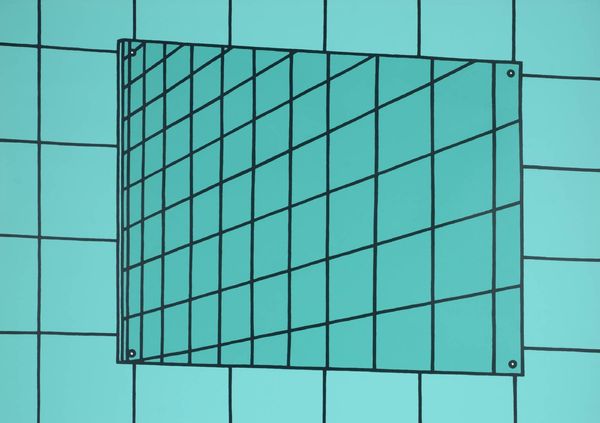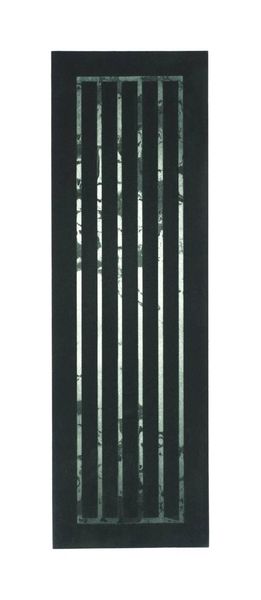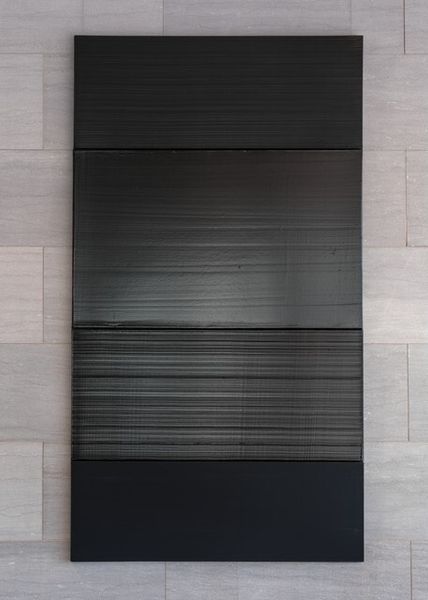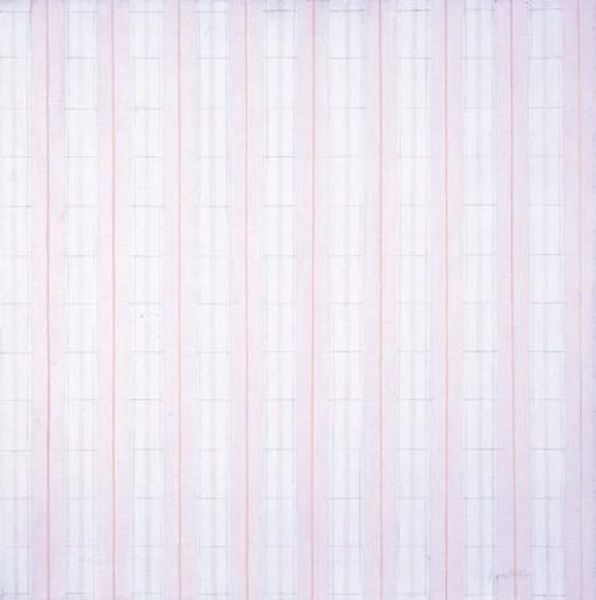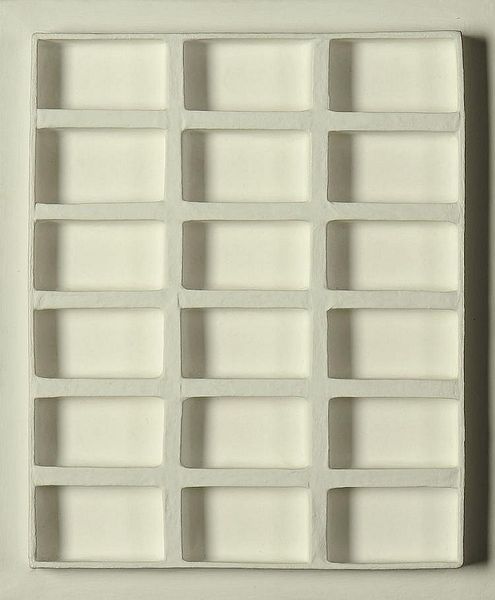
#
architectural and planning render
#
architectural modelling rendering
#
building design
#
architectural diagram
#
architectural plan
#
architect
#
architectural render
#
architectural section drawing
#
architectural drawing
#
architectural proposal
Copyright: Jesus Rafael Soto,Fair Use
Editor: This is "Azul y Negro" by Jesús Rafael Soto. While we don't have a specific date listed for the piece, it presents a fascinating interplay between form and void. The geometric structure is so striking! What are your thoughts on its presence and how it interacts with viewers in a gallery setting? Curator: It’s a great choice to focus on its interaction with the viewer! Soto’s work challenges traditional art consumption. It moves away from static viewing to embrace dynamism, engaging the viewer's perception of space and movement. Soto was part of the Kinetic art movement. How do you think pieces like these influenced public space and social discourse? Editor: I guess I never considered the relationship of Kinetic Art and politics. It looks so, well, abstract! Curator: Exactly, and that’s key! Kinetic art coincided with a period of significant social and political change. Artists began exploring new ways to represent reality, often abstractly, in response to shifting societal norms. It was presented to people in many situations and in different places: what was the viewer meant to see and feel when viewing something like this in a town square versus in an art gallery? Soto brings art into everyday experience challenging hierarchical modes of artistic authority. Do you see parallels to other avant-garde movements? Editor: It’s so cool you point this out! Now that I’m thinking about it, I can see connections to the blurring of lines in Pop Art. Curator: Precisely! Thinking about this, is there anything in modern design, say architecture, which speaks the same language of accessibility? Editor: Actually, the open-concept offices come to my mind: I suppose they would like everyone to mix, to participate more and perhaps be on an equal playing field. Curator: I’m glad we touched on how Soto challenges the viewer. It reflects a broader democratization of the art experience and moves away from elitist and rarified engagement.
Comments
No comments
Be the first to comment and join the conversation on the ultimate creative platform.
